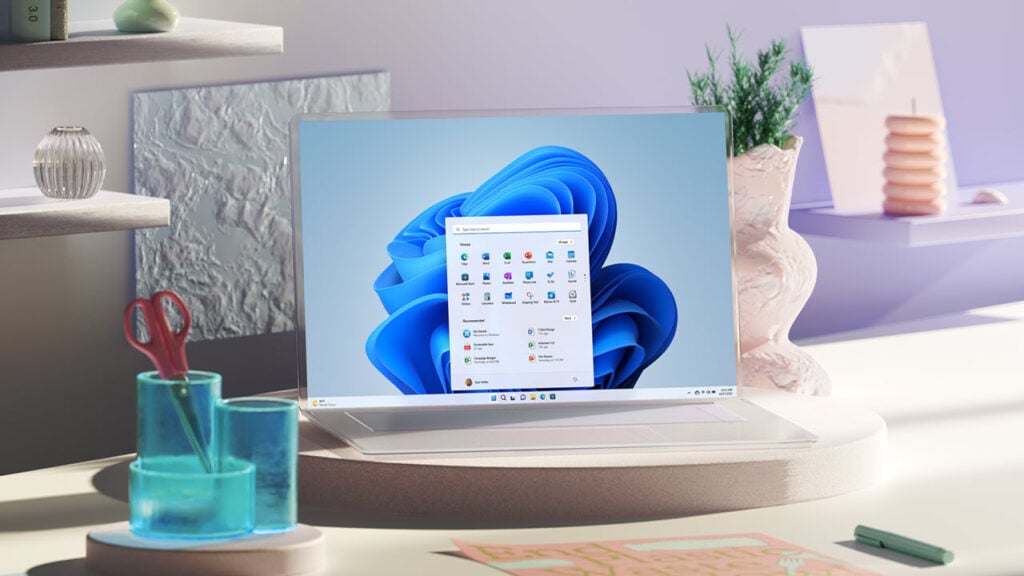Are you wondering how much space does Windows 11 take? Windows 11 was released in October 2021 and is Microsoft’s latest offering.
Windows 11 offers enhanced performance, advanced security measures, a modern design and a host of other features.
This means that Windows 11 needs more disk space compared to its predecessor, Windows 10.
In this article, we’ll discuss how much space Windows 11 takes and share tips on freeing up some disk space if you need it.
How big is Windows 11?

As per Microsoft, the minimum disk space requirement for Windows 11 is 64 GB.
To install Windows 11 you will need at least 64 GB of free space on your hard drive or SSD.
However, keep in mind that this requirement includes the space necessary for temporary files, updates, and other system files.
Thus, at the time of Windows 11 installation, the operating system will be far less than the stipulated 64 GB.
While the exact size of Windows 11 is unknown, it appears that the operating system is somewhere around 27 GB upon installation. However, this size will grow with incremental updates over its lifetime.
The actual size of Windows 11 varies based on factors such as the edition, language, features, and updates. For instance, the Home edition occupies less space than the Pro edition, and different language versions may differ in size. Additionally, enabling features like BitLocker or Hyper-V may increase the space requirements.
Also read: How to delete bookmarks from Mac?
How to free up space in Windows 11?
You can free up space in Windows 11 by using the Disk Cleanup tool. This utility displays the space used by various file categories, including system files, temporary files, and the recycle bin.

Search the Disk Cleanup tool in the taskbar search bar and then select the drive that you want to clean.
Next, click on the files that you want to delete and then click OK.
Other methods to free up disk space in Windows 11
Here are some other methods that you can use to free up disk space:
- Uninstall unused applications: Utilize the Settings app or the Control Panel to uninstall applications that are no longer needed or used. Alternatively, you can employ tools like Revo Uninstaller to thoroughly eliminate residual files and registry entries associated with uninstalled applications.
- Transfer files to external storage or the cloud: You should transfer files that you do not use regularly to other storage devices like a USB or to a cloud storage service like OneDrive or Dropbox.
- Disable or reduce hibernation: With hibernation, you can power off the system while preserving your work session. However, it generates a large file named “hiberfil.sys” on your drive, occupying space equivalent to the size of your computer’s RAM. So, disabling hibernation is another way to free up disk storage.
Also read: How much does a TV cost?






